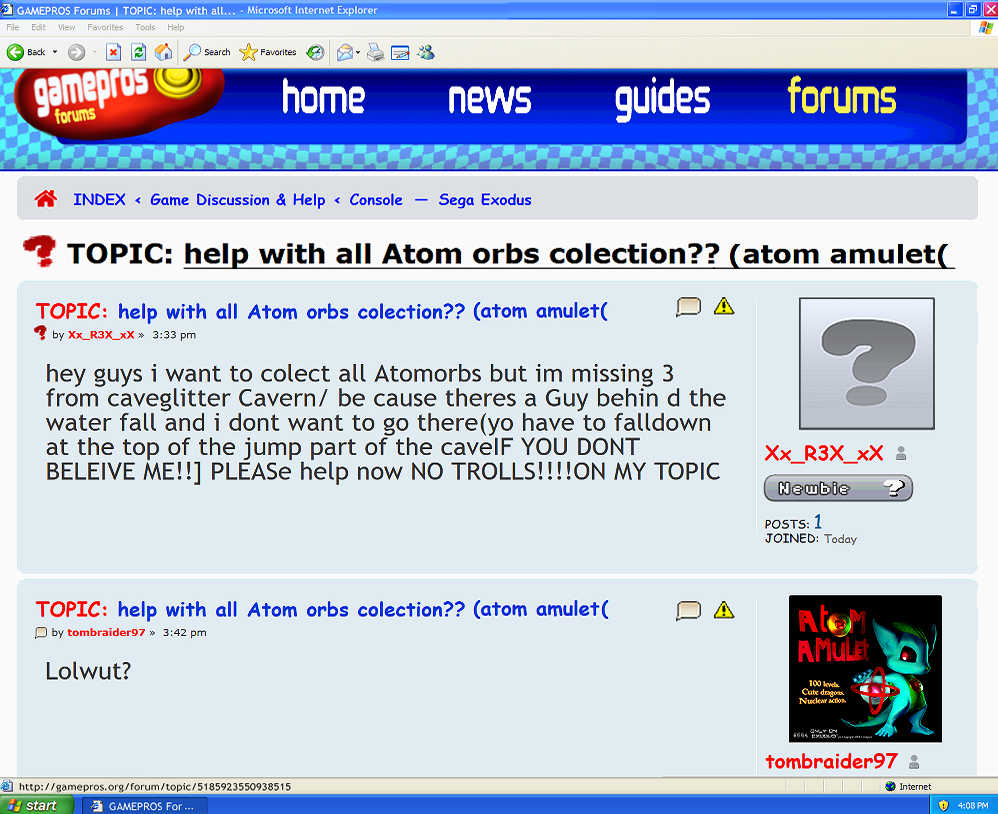AHHH, thank you so much!!! ^u^ I think a lot of it comes down to just knowing and keeping the way video games work in mind while animating, as well as being aware of what limitations the 'game' would have.
These fake games were meant to resemble games with graphics somewhere between the PSX and original Xbox (Playstation 1.5, essentially), so I tried to keep poly counts close to what you'd expect for something of that era, used subdivision sparingly, and composited them with varying levels of pixelation effects to resemble game engine aliasing. Since these nonexistent games are for nonexistent consoles, I didn't try to adhere to what the actual technology would/wouldn't allow, and instead focused on what you might expect to see. Game-like lighting in particular is tricky to nail down and I definitely could've made it more 'accurate' with further adjustments, but overall I thought it was okay. As long as you think it looks visually appealing, I think it's fine. (Also it's kind of hard to be accurate to something that doesn't actually exist, LOL)
That's more about the technical side though, and like I said, you can fudge a lot of that stuff since, y'know—it's not an actual game. I think what really makes something like this more convincing is simply conveying aspects of how the game is played or being played; stuff like seemingly functional UI elements, or a player's actions appearing to influence the game in some way.
Interactivity is what distinguishes games as a medium, so this is the key component to keep in mind. Most media doesn't tend to involve active influence from its observers because the medium simply can't accommodate such a thing; printed ink and paper isn't as infinitely malleable as pixels and bytes. So things should be designed as if they are able to be altered or interacted with, even if an actual 'player' is absent. You don't need to build the engine—you just need to imply that it exists, and operates.
I tried to pay special attention to the supposed 'player' in these pieces. You can't see them directly, but rather through proxy of the character or cursor they're controlling. In the Atom Amulet clip, the player character quickly stutters in movement, shown as a sudden stop and start in their walk cycle. You would never have a character move like this in a normal animation because it's unnatural and nonsensical on its own. But in the context of a video game, this movement is instantly recognizable. The player is pausing, tilting, and flicking the analog stick to get a better look at something—or to get away from it.
The character isn't programmed to stop and squint, and the camera isn't programmed to cut to a shot of their shocked face. The character is only a puppet for the player to interface with the game's world, and the unpredictability of a player cannot be accounted for in a preprogrammed narrative. These movements appear nonsensical and unnatural because they represent something not entirely intended. This is only one manifestation of the infinite movement possibilities within a game engine.
It's something trying to be expressed by someone that does not have the direct means to do so. But even indirectly, you can tell what is being expressed, because nothing would move like this by itself. It implies the existence of certain things beyond what is directly observable: a controller and constraints—the player, and the programming.
I think the moment you assume a player exists is the moment it becomes a game.





